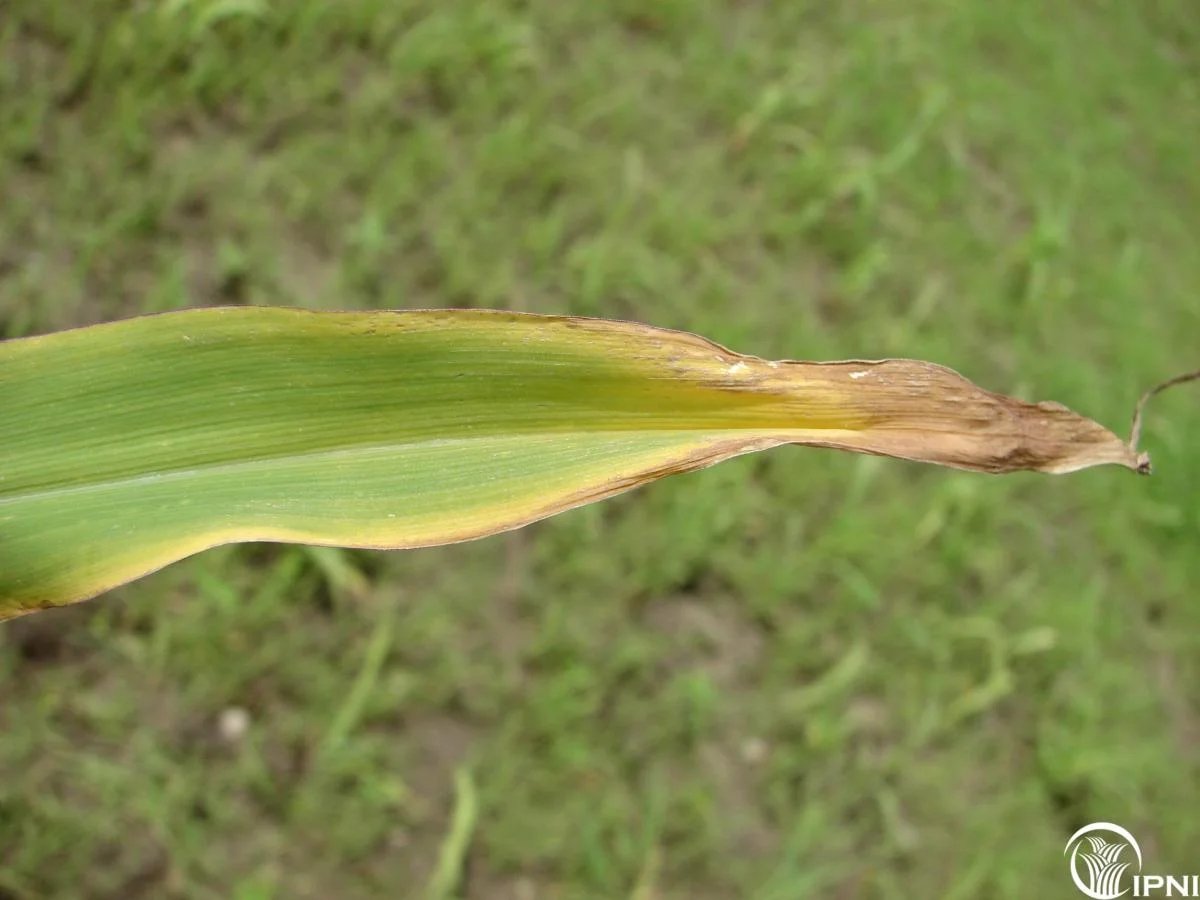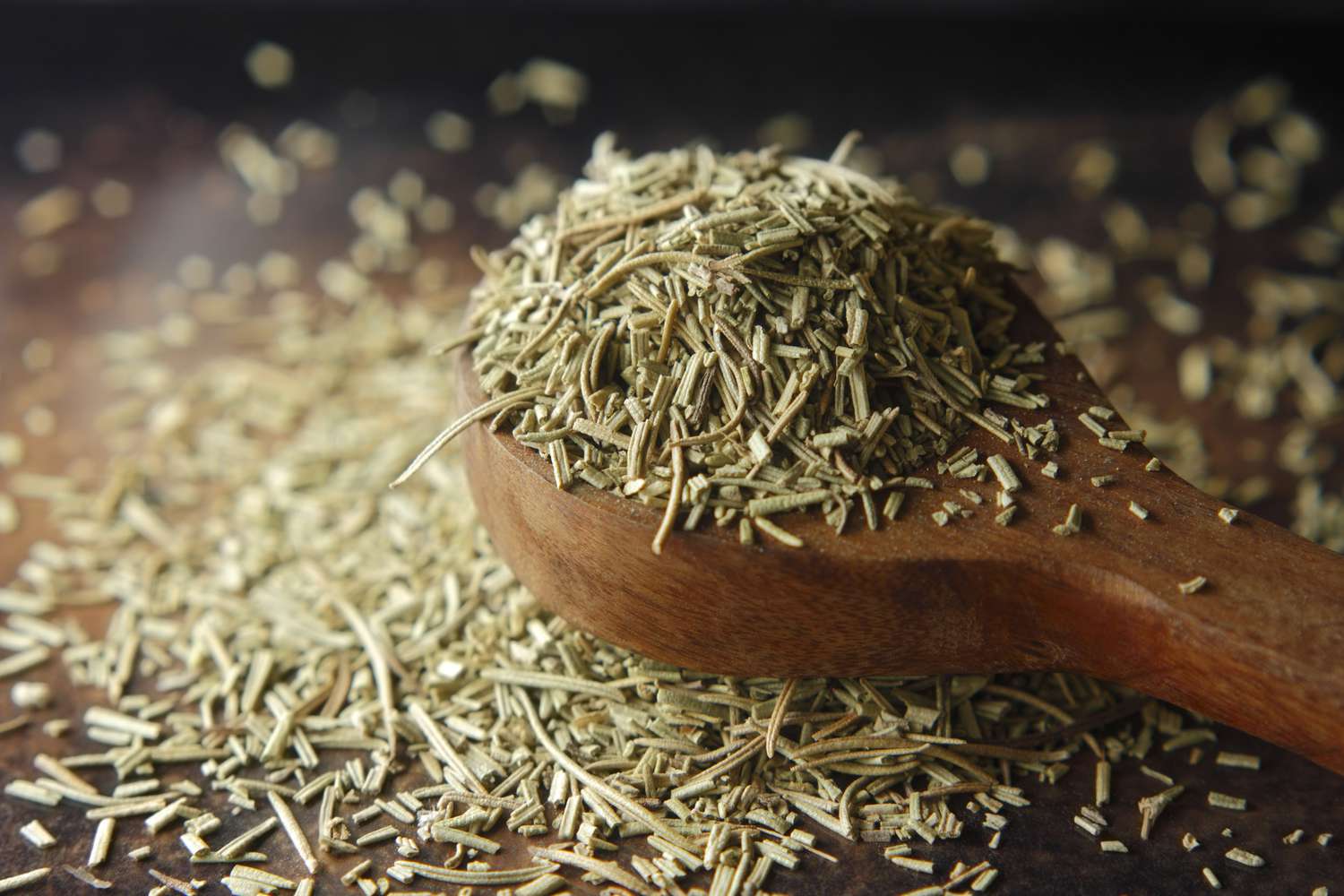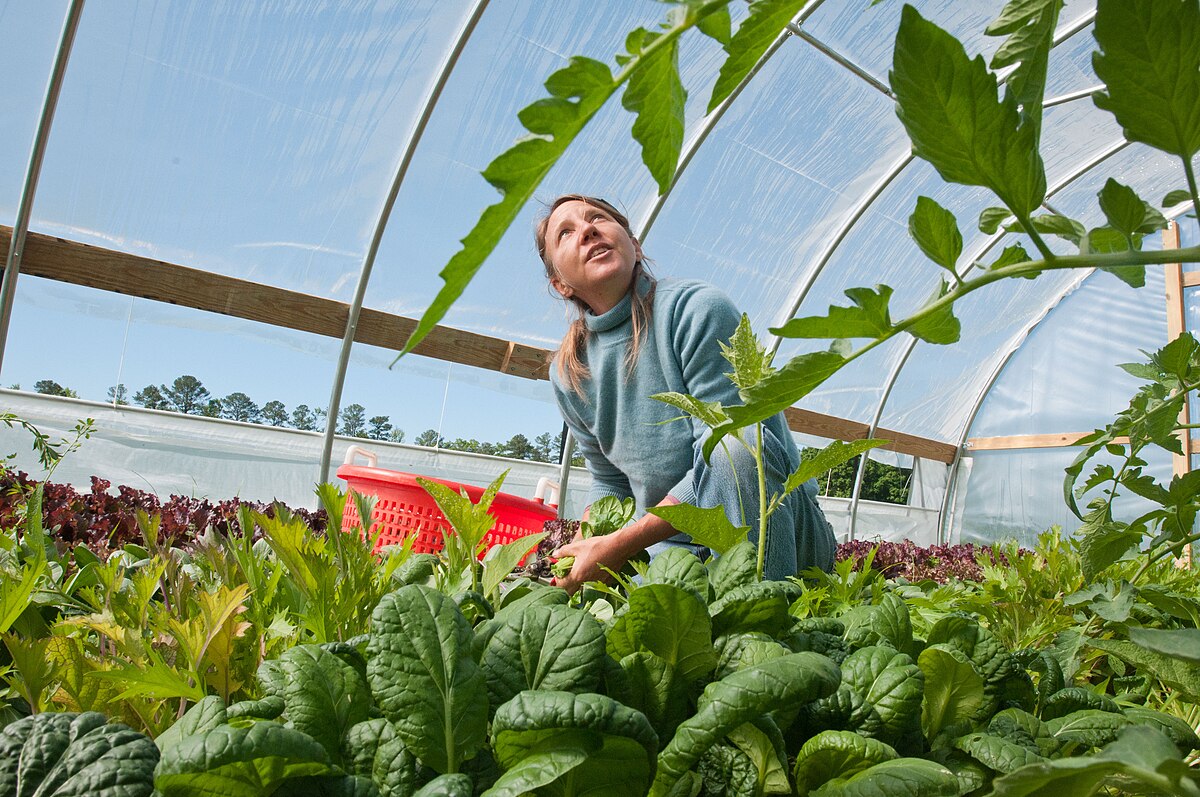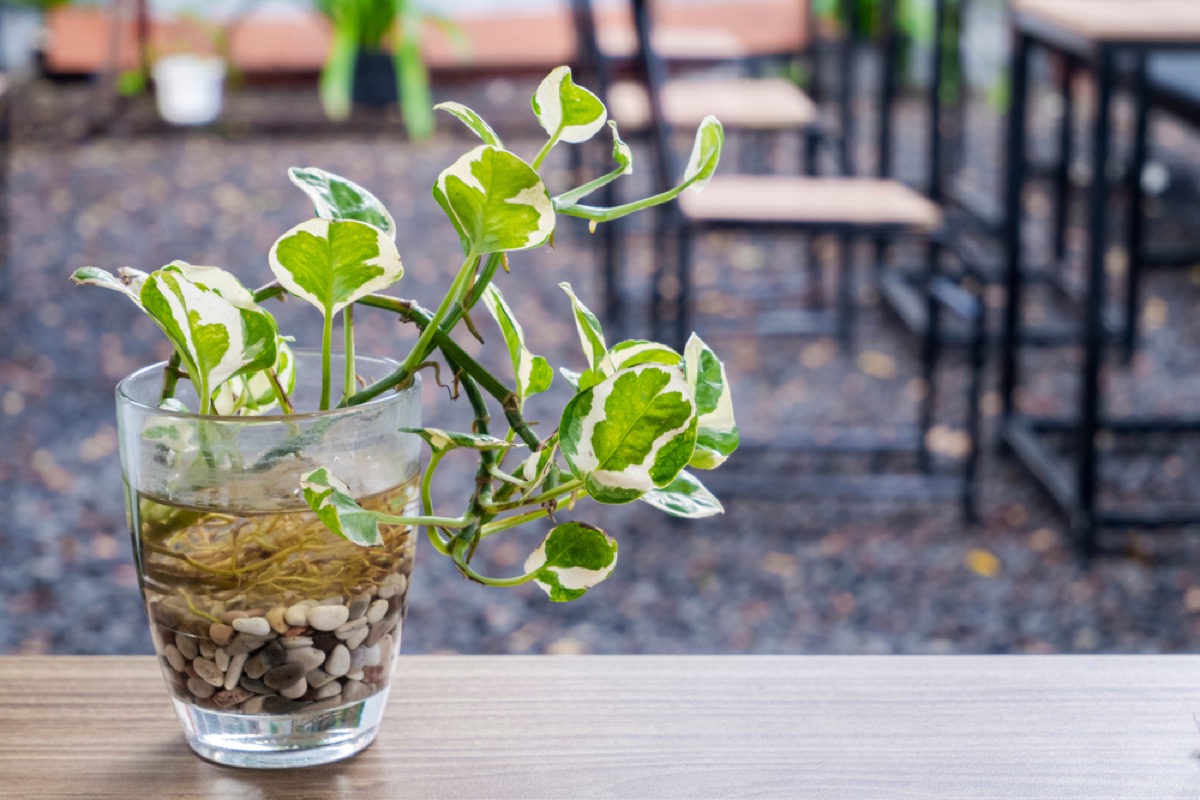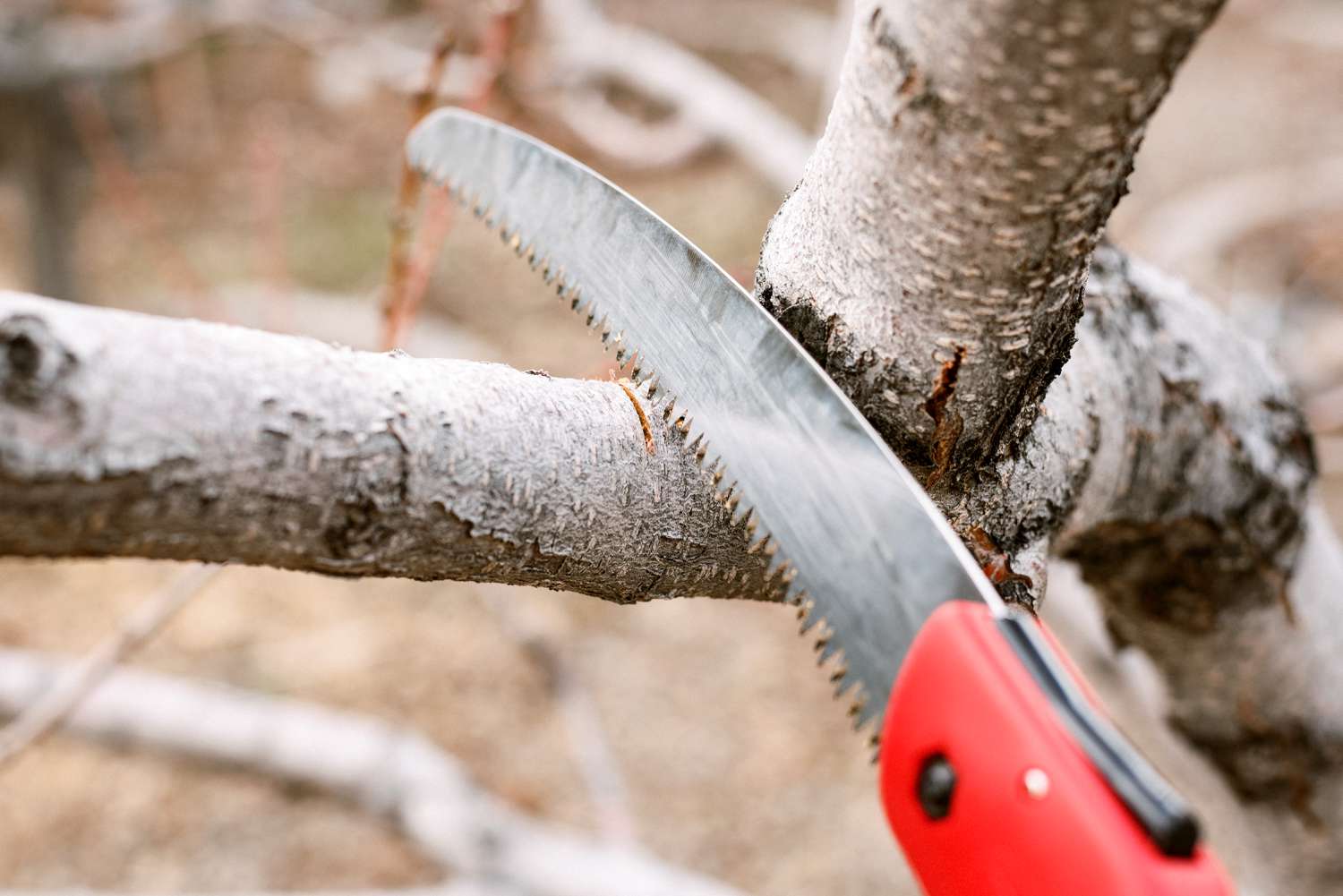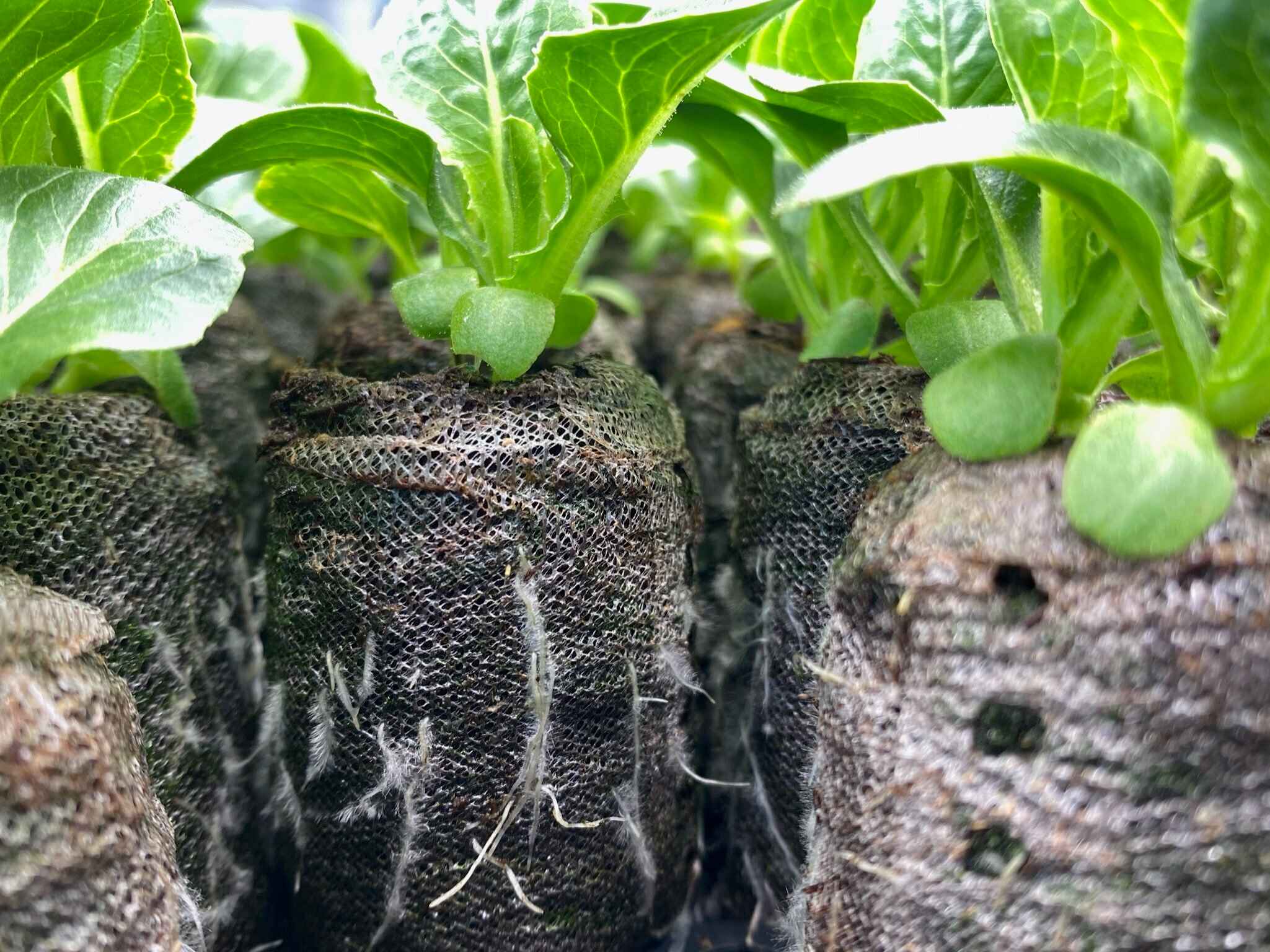Home>Gardening Tips and Tricks>Problem Solving>What Are Caraway Seeds Used For


Problem Solving
What Are Caraway Seeds Used For
Modified: January 22, 2024
Discover the many uses of caraway seeds, from adding flavor to dishes to aiding digestion. Solve your culinary problems with this versatile ingredient.
(Many of the links in this article redirect to a specific reviewed product. Your purchase of these products through affiliate links helps to generate commission for Chicagolandgardening.com, at no extra cost. Learn more)
Table of Contents
- Overview of Caraway Seeds
- Culinary Uses of Caraway Seeds
- Traditional Medicine and Herbal Remedies with Caraway Seeds
- Caraway Seeds in Beauty and Skincare Products
- Caraway Seeds as an Aromatic Ingredient in Beverages
- Caraway Seeds in Traditional Breads and Pastries
- Caraway Seeds in Pickling and Preserving Foods
- Caraway Seeds as a Flavoring Agent in Cheese and Meat Products
- Caraway Seeds in Ayurvedic and Alternative Medicine
- Conclusion
Overview of Caraway Seeds
Caraway seeds are small, dark brown seeds that come from the caraway plant, scientifically known as Carum carvi. This biennial plant is native to Europe, Asia, and North Africa and has been used for centuries for its culinary and medicinal properties.
Caraway seeds have a distinct flavor that is often described as warm, sweet, and slightly peppery. They have a strong aroma that is reminiscent of anise or fennel. This unique flavor and fragrance make caraway seeds a popular ingredient in a wide range of cuisines around the world.
Caraway seeds are rich in essential oils, including carvone and limonene, which contribute to their unique taste and medicinal properties. These seeds are also a good source of dietary fiber, vitamins, and minerals, such as iron and calcium.
Throughout history, caraway seeds have been valued for their medicinal benefits. They were traditionally used to aid digestion, alleviate symptoms of indigestion and bloating, and promote overall gastrointestinal health. Caraway seeds were also believed to have antimicrobial and anti-inflammatory properties, making them a popular ingredient in herbal remedies.
In addition to their medicinal uses, caraway seeds are widely used in culinary applications. They are commonly used as a spice in various dishes, including breads, pastries, sausages, and stews. The warm and aromatic flavor of caraway seeds adds depth and complexity to these foods, enhancing their taste and aroma.
Caraway seeds are also popular in pickling and preserving foods, as their distinctive flavor complements the tangy and sour flavors of pickled vegetables and fruits. They are often added to brines, marinades, and relishes to enhance the overall flavor profile of the preserved foods.
Furthermore, caraway seeds are a key ingredient in traditional beverages, such as aquavit and herbal teas. The seeds are often steeped in alcohol or hot water to release their flavors and create flavorful and aromatic drinks.
Overall, caraway seeds are a versatile ingredient that adds a unique flavor and aroma to a wide variety of dishes. Whether used in culinary creations or for their medicinal properties, caraway seeds have been cherished throughout history for their distinctive taste and numerous health benefits.
Culinary Uses of Caraway Seeds
Caraway seeds are widely used in culinary applications, adding a distinct flavor and aroma to various dishes. Here are some popular culinary uses of caraway seeds:
1. Breads and Pastries: Caraway seeds are commonly added to breads and pastries, particularly rye bread and soda bread. The earthy and slightly sweet flavor of caraway seeds complements the nutty taste of the grains and adds a subtle crunch to the baked goods.
2. Sausages and Meat Dishes: Caraway seeds are a common ingredient in sausages, giving them a rich and aromatic flavor. They also pair well with meats such as pork, beef, and lamb, enhancing the taste of roasts, stews, and meat pies.
3. Pickling and Preserving Foods: Caraway seeds are often used in pickling and preserving processes. They add a unique flavor and aroma that complements the tanginess of pickled vegetables and fruits. Caraway seeds are commonly added to pickles, sauerkraut, and chutneys.
4. Soups and Stews: Caraway seeds are a popular addition to hearty soups and stews, especially those made with root vegetables or cabbage. They infuse the dish with a warm and savory flavor, enhancing the overall taste and aroma.
5. Salads and Coleslaw: Caraway seeds can be sprinkled on salads and coleslaw to add a subtle yet distinctive flavor. They complement the crispness of the vegetables and provide a pleasant contrast to the freshness of the greens.
6. Herbal Teas and Infusions: Caraway seeds can be infused in hot water to make a flavorful and aromatic herbal tea. This beverage is often enjoyed for its soothing properties and can aid in digestion.
7. Cheese and Dairy Products: Caraway seeds are commonly used to flavor certain cheeses, such as Tilsit and Havarti. They add a unique and slightly spicy taste that complements the creamy and rich nature of the cheese.
With their versatile flavor, caraway seeds can be used in a range of culinary creations. They add depth, complexity, and a hint of sweetness to dishes, making them a beloved spice in many cuisines around the world.
Traditional Medicine and Herbal Remedies with Caraway Seeds
Caraway seeds have long been used in traditional medicine for their potential health benefits. They are known for their digestive properties and have been used to alleviate various digestive issues, such as indigestion, bloating, and flatulence.
One of the primary medicinal uses of caraway seeds is their ability to aid digestion. Caraway seeds contain essential oils that can help promote the production of digestive enzymes, which assist in the breakdown of food and improve overall digestion. Consuming caraway seeds or drinking caraway tea after meals may help reduce symptoms of indigestion and bloating.
In addition to their digestive benefits, caraway seeds are believed to have antimicrobial properties. The essential oils present in caraway seeds, such as carvone, may help fight against certain bacteria and fungi, potentially contributing to the management of microbial infections.
Caraway seeds have also been associated with anti-inflammatory properties. In traditional medicine, they have been used as a remedy for soothing inflammation in the gastrointestinal tract, particularly in cases of gastrointestinal disorders like gastritis and colitis. However, more research is needed to fully understand the extent of their anti-inflammatory effects.
Furthermore, caraway seeds are believed to have respiratory benefits. They have been traditionally used to alleviate coughs, bronchitis, and other respiratory conditions. The aromatic and expectorant properties of caraway seeds may help soothe the throat and loosen phlegm, providing relief from respiratory discomfort.
It is important to note that while caraway seeds have a long history of use in traditional medicine, more scientific research is needed to substantiate these claims. As with any herbal remedy, it is recommended to consult with a healthcare professional before using caraway seeds for medicinal purposes.
Overall, caraway seeds have been valued in traditional medicine for their potential digestive, antimicrobial, anti-inflammatory, and respiratory benefits. Incorporating caraway seeds into your diet or using them as a herbal remedy in moderation may provide some health benefits, but further research is needed to fully understand their medicinal properties.
Caraway Seeds in Beauty and Skincare Products
Caraway seeds are not only valued for their culinary and medicinal uses but are also gaining recognition in the beauty and skincare industry. The unique properties of caraway seeds make them a beneficial ingredient in various beauty and skincare products. Here are some ways caraway seeds are used in the beauty industry:
1. Exfoliation: The fine particles of caraway seeds are used in facial and body scrubs to gently exfoliate the skin. By removing dead skin cells, caraway seed scrubs help reveal a smoother and brighter complexion.
2. Antioxidant Benefits: Caraway seeds are rich in antioxidants, including vitamins A and C. These antioxidants help fight free radicals and protect the skin against damage caused by environmental factors, such as UV rays and pollution.
3. Anti-Aging Properties: The antioxidants present in caraway seeds also have anti-aging benefits. They can help reduce the appearance of fine lines, wrinkles, and other signs of aging, promoting a more youthful and radiant complexion.
4. Soothing and Anti-Inflammatory: Caraway seeds have soothing and anti-inflammatory properties that can help calm irritated and sensitive skin. They may be used in creams and lotions designed to alleviate redness, itching, and inflammation.
5. Moisturizing and Nourishing: Caraway seed oil, obtained from the seeds, is a lightweight and non-greasy oil that is easily absorbed by the skin. It is often used in moisturizers and serums to provide hydration, improve skin elasticity, and nourish the skin.
6. Hair Care: Caraway seed oil can also benefit the hair. It is used in hair care products, such as shampoos and conditioners, to promote scalp health, enhance hair strength and luster, and reduce frizz and dryness.
When using beauty and skincare products containing caraway seeds, it’s important to follow the instructions and use the products as directed. Additionally, if you have any known allergies or sensitivities, it’s advisable to patch-test the product on a small area of skin before applying it to the entire face or body.
Caraway seeds offer a range of benefits for the skin and hair, making them a popular ingredient in beauty and skincare products. Whether used for exfoliation, antioxidant protection, anti-aging effects, or soothing properties, caraway seeds can contribute to a healthy and glowing complexion.
Caraway Seeds as an Aromatic Ingredient in Beverages
Caraway seeds are not only used in cooking and skincare but are also valued for their aromatic qualities in beverages. The distinct flavor and aroma of caraway seeds make them a popular ingredient in a variety of drinks. Here are some ways in which caraway seeds are used as an aromatic ingredient in beverages:
1. Aquavit: Caraway seeds are a key ingredient in aquavit, a traditional Scandinavian spirit. Aquavit is made by infusing caraway seeds, along with other botanicals, in high-proof alcohol, resulting in a flavorful and aromatic drink. The caraway seeds contribute to the unique and complex taste of aquavit.
2. Herbal Teas: Caraway seeds are often used to make herbal teas. The seeds are steeped in hot water to release their flavors and create a soothing and aromatic beverage. Caraway tea is known for its digestive properties and is enjoyed for its warm and comforting taste.
3. Liqueurs and Cordials: Caraway seeds are infused in alcohol to create liqueurs and cordials. These beverages have a distinct taste with hints of caraway’s warm and slightly sweet flavor. Caraway liqueurs are often enjoyed as a digestif or used as a flavoring in cocktails.
4. Infused Waters: Caraway seeds can be added to water to create infused drinks. The seeds impart a subtle but distinctive flavor to the water, making it refreshing and interesting. Caraway-infused water can be enjoyed plain or used as a base for mocktails and cocktails.
5. Alcoholic Infusions: Caraway seeds can be infused in alcohol to create unique and flavorful infusions. Infused caraway vodka or gin can be used to make cocktails, adding a delightful aroma and taste to the drinks.
6. Homemade Syrups and Tinctures: Caraway seeds can be used to make homemade syrups and tinctures, which can then be used to flavor a variety of beverages. Caraway syrup can be added to sodas, lemonades, or iced teas for a distinct and refreshing flavor.
Caraway seeds are a versatile and aromatic ingredient that can enhance the flavor profile of various beverages. Whether used in traditional spirits, herbal teas, infused waters, or homemade concoctions, caraway seeds add a unique and delightful element to the drink, making them a popular choice for those seeking a flavorful and aromatic experience.
Caraway Seeds in Traditional Breads and Pastries
Caraway seeds are a popular ingredient in traditional breads and pastries in many cultures. The distinct flavor and aroma of caraway seeds add a unique touch to these baked goods. Here are some ways caraway seeds are used in traditional breads and pastries:
1. Rye Bread: Caraway seeds are often added to rye bread, a traditional bread made with rye flour. The earthy and slightly sweet flavor of caraway seeds complements the nutty taste of rye and adds a subtle crunch to the bread. Caraway seeds are a classic and essential ingredient in many European rye bread recipes.
2. Soda Bread: Caraway seeds are also a common addition to soda bread, a type of quick bread that uses baking soda as a leavening agent instead of yeast. The aromatic caraway seeds add flavor and texture to the bread, which is often enjoyed with soups and stews or as a breakfast option.
3. Bagels: In some traditional recipes, caraway seeds are used as a topping for bagels, adding a unique flavor and visual appeal. Caraway seeds give bagels a distinctive taste that sets them apart from other bread products.
4. Pastries: Caraway seeds can be added to various pastries, such as scones, cakes, and cookies, to provide a hint of warmth and sweetness. They add complexity to the flavor profile of these baked goods, making them more interesting and memorable.
5. Pretzels: Caraway seeds are sometimes used as a topping for pretzels, adding a slightly spicy and aromatic note to the savory snack. The combination of the caraway seeds’ flavor and the saltiness of the pretzels creates a delightful contrast.
6. Flatbreads and Pies: Caraway seeds are incorporated into certain flatbreads and pies, particularly those with savory fillings. The seeds add depth and complexity to the flavors of the fillings, enhancing the overall taste of the baked goods.
Whether used in traditional rye bread, soda bread, bagels, pastries, pretzels, or other baked goods, caraway seeds add a unique and delightful flavor profile. Their warm and slightly sweet taste, along with their subtle crunch, make caraway seeds a beloved ingredient in various breads and pastries around the world.
Caraway Seeds in Pickling and Preserving Foods
Caraway seeds have long been used in the process of pickling and preserving foods. The unique flavor and aroma of caraway seeds complement the tangy and sour flavors associated with pickled vegetables and fruits. Here are some ways caraway seeds are used in pickling and preserving:
1. Pickles: Caraway seeds are a common ingredient in pickling brines for cucumbers and other vegetables. The seeds add a distinct flavor and aroma that complements the sour and tangy taste of pickles. Caraway seed-infused pickles are loved for their unique and complex flavor.
2. Sauerkraut: Caraway seeds are often added to sauerkraut, a preserved cabbage dish that undergoes fermentation. The earthy and slightly sweet taste of caraway seeds complements the tanginess of the sauerkraut, enhancing its overall flavor profile.
3. Relishes and Chutneys: Caraway seeds are a popular ingredient in relishes and chutneys, which are often made with a combination of fruits, vegetables, and spices. The addition of caraway seeds provides an aromatic and slightly spicy note to these condiments.
4. Jam and Preserves: Caraway seeds can be added to fruit jams and preserves, such as apricot or apple jam. The seeds add a unique flavor element, balancing the sweetness of the jam and providing a delightful aromatic touch.
5. Brines and Marinades: Caraway seeds can be included in brines and marinades for various foods, such as meat, fish, and tofu. The seeds infuse the brine or marinade with their distinct flavor, enhancing the overall taste of the final dish.
6. Cheese and Charcuterie: Caraway seeds are sometimes included in the brine or coating of certain cheeses, such as Havarti or Tilsit. The seeds add a unique flavor that pairs well with the creamy nature of the cheese. In addition, caraway seeds are used in preserving meats, such as sausages and salami.
Caraway seeds bring a delightful and aromatic touch to the art of pickling and preserving. Their flavor and aroma complement the tangy and sour flavors of pickled vegetables and fruits, enhancing the overall taste experience. Whether used in pickles, sauerkraut, relishes, jams, or other preserved foods, caraway seeds play a crucial role in creating unique and flavorful culinary delights.
Caraway Seeds as a Flavoring Agent in Cheese and Meat Products
Caraway seeds are widely used as a flavoring agent in various cheese and meat products, adding a unique and distinctive taste. The warm and slightly sweet flavor of caraway seeds enhances the flavors of these food items, creating a delightful and memorable eating experience. Here are some ways caraway seeds are used in cheese and meat products:
1. Cheese: Caraway seeds are commonly incorporated into certain types of cheese to provide a unique and aromatic flavor. Cheeses like Tilsit and Havarti often contain caraway seeds, which add a slightly spicy and nutty note that complements the creamy texture of the cheese. The combination of the caraway seeds and cheese creates a delightful contrast of flavors.
2. Sausages and Salami: Caraway seeds are a popular ingredient in sausages and salami, particularly in Central and Eastern European cuisines. The seeds not only add flavor but also aid in digestion. The slightly peppery taste of caraway seeds enhances the overall flavor profile of the meat products, making them more savory and satisfying.
3. Meat Rubs and Seasonings: Caraway seeds can be included in meat rubs and seasonings to add a unique twist to grilled or roasted meats. They impart a warm and aromatic flavor that complements the natural juices of the meat, enhancing its taste and providing a delightful flavor profile. Caraway seeds are often paired with ingredients like garlic, paprika, and black pepper in these meat seasonings.
4. Meat Pies and Pastries: Caraway seeds are frequently used in meat pies and pastries, especially in traditional European cuisines. The aromatic seeds add depth and complexity to the flavors of the meat fillings, enhancing the overall taste of the baked goods. Whether in a savory pie or sausage roll, caraway seeds create a distinct and satisfying flavor experience.
5. Meat Marinades: Caraway seeds can be included in marinades for various meats, such as lamb, pork, or beef. The seeds infuse the meat with their warm and slightly sweet flavor, enhancing the taste and making the dish more flavorful. Caraway seed-infused marinades are often used to tenderize the meat and add a unique twist to grilling or roasting preparations.
Caraway seeds bring a unique and delightful flavor to cheese and meat products. Whether in cheese varieties, sausages, meat rubs, pies, or marinades, the warm and slightly sweet taste of caraway seeds adds depth and complexity to these culinary creations. Incorporating caraway seeds into cheese and meat dishes can elevate the flavors and create a unique and memorable dining experience.
Caraway Seeds in Ayurvedic and Alternative Medicine
In Ayurvedic and alternative medicine practices, caraway seeds have been used for their potential health benefits and as a natural remedy for various ailments. These seeds are believed to have properties that can promote overall well-being. Here are some ways caraway seeds are used in Ayurvedic and alternative medicine:
1. Digestive Aid: Caraway seeds are commonly used in Ayurveda to aid digestion. The essential oils present in caraway seeds can help stimulate the production of digestive enzymes, which can improve digestion and alleviate symptoms of indigestion and bloating.
2. Anti-inflammatory Properties: Caraway seeds are believed to have anti-inflammatory benefits. In Ayurvedic medicine, they have been used to soothe inflammation in the gastrointestinal tract and relieve symptoms of gastrointestinal disorders, such as gastritis and colitis.
3. Respiratory Health: Caraway seeds are used in Ayurveda to support respiratory health. They are believed to have expectorant properties that can help soothe the throat and relieve coughs and congestion. Caraway seed-infused teas or herbal preparations are often used for respiratory conditions.
4. Menstrual Health: Caraway seeds have been traditionally used in Ayurveda to support healthy menstruation. They are believed to have properties that can help regulate menstrual cycles, reduce menstrual pain, and alleviate symptoms of premenstrual syndrome (PMS).
5. Antimicrobial Benefits: Caraway seeds are believed to possess antimicrobial properties. They have been used as a natural remedy to combat certain bacteria and fungi, making them a popular ingredient in alternative medicine practices.
6. Weight Management: In Ayurveda, caraway seeds are associated with weight management. They are believed to have properties that can help boost metabolism, improve digestion, and support a healthy weight. Caraway seeds may be included in formulations targeted towards weight management.
Although caraway seeds have a long history of use in Ayurvedic and alternative medicine practices, it’s essential to note that scientific research is limited. As with any natural remedy, it’s advisable to consult with a healthcare professional before incorporating caraway seeds or any herbal remedy into your wellness routine.
Caraway seeds offer potential health benefits in Ayurvedic and alternative medicine. As a natural remedy for digestive health, respiratory conditions, menstrual health, and more, these seeds have been valued for their potential therapeutic properties in promoting overall well-being.
Conclusion
Caraway seeds are a versatile ingredient that is cherished for its distinctive flavor, aroma, and potential health benefits. From culinary uses to traditional medicine and beyond, caraway seeds have found their place in various aspects of life.
In the culinary world, caraway seeds add a unique and aromatic touch to a wide array of dishes. They are commonly used in traditional breads and pastries, pickled vegetables, sausages, cheeses, and more. The warm and slightly sweet flavor of caraway seeds enhances the taste profile, creating depth and complexity in the dishes.
Caraway seeds have a long history of use in traditional medicine. They are believed to aid digestion, have anti-inflammatory properties, support respiratory health, and more. However, further scientific research is needed to fully understand and validate these potential health benefits. As with any natural remedy, it is important to consult with a healthcare professional before using caraway seeds for medicinal purposes.
Beyond the kitchen and medicine cabinet, caraway seeds are also valued in the beauty industry. They are used in skincare products for exfoliation, antioxidant benefits, and soothing properties. Caraway seeds also lend their aromatic qualities in beverages, such as aquavit, herbal teas, liqueurs, and infused waters.
Caraway seeds have been utilized in various cultures and cuisines for centuries, showcasing their versatility and ability to add a unique touch to a wide range of dishes and products. Whether as a flavoring agent in cheese and meat products, a medicinal herb in Ayurvedic and alternative medicine, or an aromatic ingredient in beverages, caraway seeds continue to capture the attention and palates of people worldwide.
While caraway seeds offer potential health benefits and culinary delights, it’s important to remember that individual reactions and experiences may vary. It’s always advisable to exercise moderation and seek professional advice, especially if you have any known allergies, sensitivities, or medical conditions.
Incorporating caraway seeds into your culinary creations, skincare routine, or wellness practices can elevate your experiences and expand the palate of flavors. Explore the world of caraway seeds and discover the unique and delightful characteristics they bring to your life.
